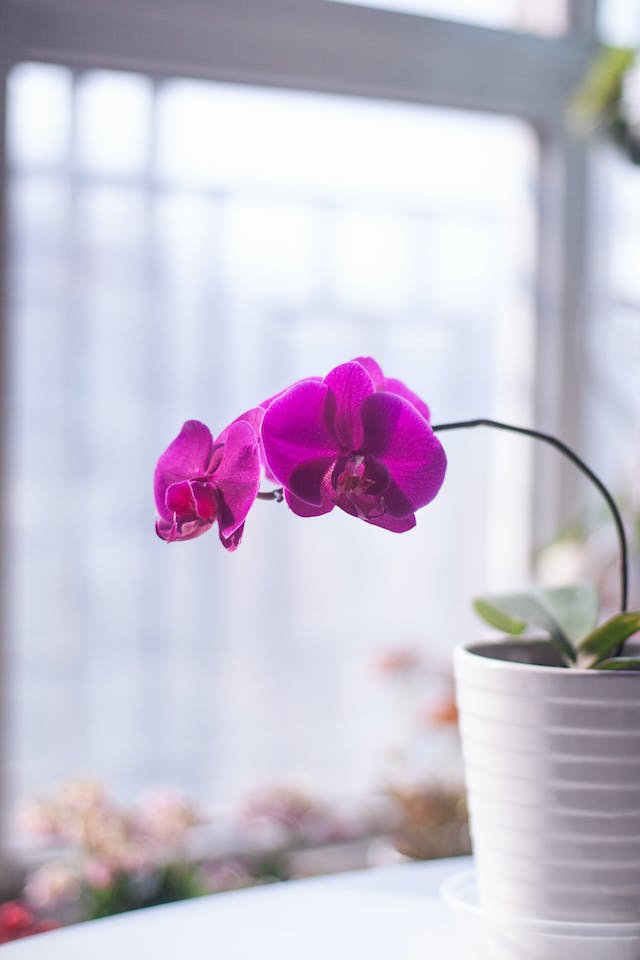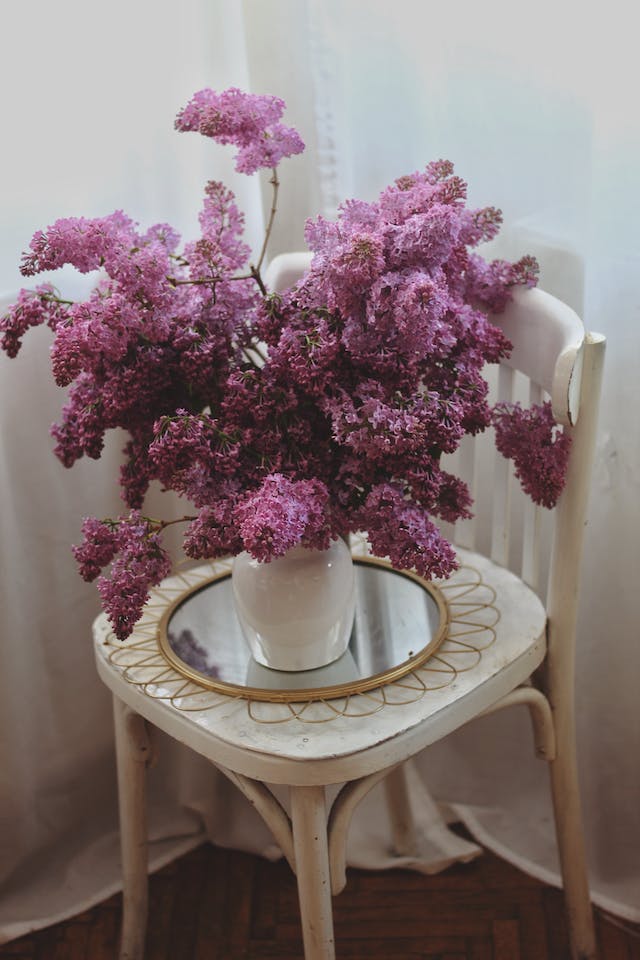White Balance: Simple Tips for Your Photos
What white balance is all about.
- Understanding White Balance
- Importance of White Balance
- Exploring White Balance Settings
- White Balance and Color Temperature
- Executing White Balance Corrections
- White Balance for Creative Expression
Understanding White Balance
White balance in photography is the process of ensuring that the colors in a photograph appear natural and accurate, regardless of the lighting conditions. By adjusting the white balance settings in your camera, you can neutralize any color casts present in your images, ultimately achieving true-to-life colors.

Importance of White Balance
Accurate white balance is crucial in photography, as it can significantly impact the overall look and feel of your images. Proper white balance enhances the visual appeal of your photographs by accurately representing the true colors of the scene, creating a more pleasing and realistic result.

Exploring White Balance Settings
Most cameras offer various white balance presets such as daylight, cloudy, shade, tungsten, fluorescent, and flash, each tailored to specific lighting conditions. Additionally, many cameras allow for custom white balance adjustments, where you can manually set the white balance based on a neutral reference point.

White Balance and Color
Temperature Understanding color temperature is essential to mastering white balance. Different light sources emit varying color temperatures, measured in Kelvin. For instance, natural daylight has a higher color temperature, resulting in cooler blue tones, while incandescent lighting has a lower color temperature, producing warmer, yellowish hues.

Executing White Balance Corrections
In post-processing, white balance adjustments can be made using software such as Adobe Lightroom or Photoshop. These tools offer precise control over the color temperature and tint of your images, allowing for fine-tuning to achieve the desired white balance.

White Balance for Creative Expression
While the primary goal of white balance is to capture accurate colors, creative photographers may intentionally manipulate the white balance to evoke specific moods or aesthetics. Deliberate white balance shifts can be used to convey warmth, coolness, or even surreal effects in photographs.

Conclusion
Mastering white balance empowers photographers to accurately capture the essence of a scene by faithfully representing its colors. Whether aiming for realism or creativity, understanding and controlling white balance is an invaluable skill that can elevate the quality of your photography.
